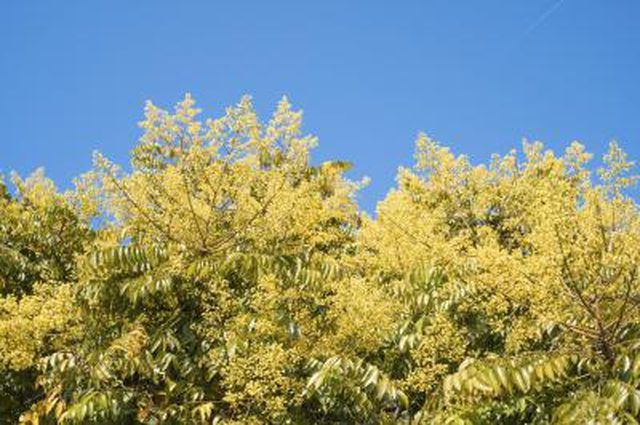Bulbs
Flower Basics
Flower Beds & Specialty Gardens
Flower Garden
Garden Furniture
Garden Gnomes
Garden Seeds
Garden Sheds
Garden Statues
Garden Tools & Supplies
Gardening Basics
Green & Organic
Groundcovers & Vines
Growing Annuals
Growing Basil
Growing Beans
Growing Berries
Growing Blueberries
Growing Cactus
Growing Corn
Growing Cotton
Growing Edibles
Growing Flowers
Growing Garlic
Growing Grapes
Growing Grass
Growing Herbs
Growing Jasmine
Growing Mint
Growing Mushrooms
Orchids
Growing Peanuts
Growing Perennials
Growing Plants
Growing Rosemary
Growing Roses
Growing Strawberries
Growing Sunflowers
Growing Thyme
Growing Tomatoes
Growing Tulips
Growing Vegetables
Herb Basics
Herb Garden
Indoor Growing
Landscaping Basics
Landscaping Patios
Landscaping Plants
Landscaping Shrubs
Landscaping Trees
Landscaping Walks & Pathways
Lawn Basics
Lawn Maintenance
Lawn Mowers
Lawn Ornaments
Lawn Planting
Lawn Tools
Outdoor Growing
Overall Landscape Planning
Pests, Weeds & Problems
Plant Basics
Rock Garden
Rose Garden
Shrubs
Soil
Specialty Gardens
Trees
Vegetable Garden
Yard Maintenance
Golden Rain Tree Facts
Golden Rain Tree Facts. Golden rain tree (Koelreuteria paniculata), also called varnish tree, gets its name from its bright yellow flowers that mimic “golden rain” falling to the ground and forming a lush layer of blossoms after blooming. Though native to China and Korea, this compact, versatile tree grows in U.S. Department of...

Golden rain tree (Koelreuteria paniculata), also called varnish tree, gets its name from its bright yellow flowers that mimic "golden rain" falling to the ground and forming a lush layer of blossoms after blooming. Though native to China and Korea, this compact, versatile tree grows in U.S. Department of Agriculture plant hardiness zones 5 through 9. You can tell if this long-living tree is young or old by its bark. The bark of older trees develops deep furrows with time.
Prune for Strength
Golden rain tree grows from 12 to 24 inches each season, making it a good choice for a new yard. But because of its fast-growing nature, its branches tend to break easily, causing a lot of litter on the ground after a strong storm. You can help make the tree sturdier by pruning away branches on the trunk that cross -- leaving well-spaced main branches along the trunk -- and clearing away dead branches. Pruning is best done in winter when the tree is dormant.
Lacy Leaves
In spring, the leaves flush out with a bronze to purple tinge before turning brilliant green in summer, then yellow in fall before dropping to the ground. Each leaf is made up of seven to 17 smaller leaflets that are 2 to 4 inches long with serrated edges, giving the tree its frilly appearance.
Flowers to Seeds
Depending on the variety, golden rain tree blooms as early as May, while the "September" cultivar, hardy in USDA zones 5 through 9, blooms in early fall, as its name suggests. Its yellow flowers are 1/2 inch wide and form showy clusters. In warm winter climates, the flowers give way to dry, brown seed pods that cover the crown of the tree. These papery shells fall to the ground and reseed the tree, which means it is invasive in some areas.
Diseases and Pests
Though not native to the U.S., golden rain tree is resistant to most insects and diseases. It is affected by verticillium wilt caused by fungi living in soil below the tree. It is also somewhat susceptible to canker, leaf spot and scale insects.
Golden Rain Tree Uses
You can plant a single golden rain tree as a specimen plant or several trees in rows to form a screen. The columnar "Kew" cultivar may be planted as a hedge. Golden rain tree adapts to most soil conditions, including a wide pH range and moist to dry conditions. It is also tolerant of air pollution and salt spray to some extent and tolerates heat as well, producing the most flowers and seed pods in full sun.